Discover the Enchanting World of Dojen Moe
Have you ever stumbled upon artwork that captures pure, heartwarming cuteness while blending fan passion with original creativity? That’s the magic of dojen moe, a rising phenomenon captivating digital artists and online communities worldwide. Dive into this guide to uncover what makes dojen moe so irresistible and why it’s reshaping fan culture today.
What Is Dojen Moe?
Dojen moe represents a unique fusion of independent artistic expression and emotional affection. At its core, it draws from fan-driven creations that emphasize endearing, adorable elements. Artists craft characters and stories that evoke warmth, vulnerability, and charm, often through vibrant visuals and heartfelt narratives.
This style stands out for its accessibility. You don’t need professional tools to start; many creators begin with simple digital sketches or fan fiction. Dojen moe thrives in online spaces where enthusiasts share their work, building communities around shared passions. Whether you’re a seasoned artist or a curious newcomer, dojen moe invites you to explore your creative side without boundaries.
The Origins of Dojen Moe
Trace dojen moe back to 1980s Japan, where doujin culture first flourished. Doujin, short for doujinshi, refers to self-published works like comics, novels, and art created by fans. These independent projects allowed enthusiasts to expand on beloved anime, manga, and game universes.
Moe, on the other hand, emerged as a slang term in otaku circles. It describes an affectionate pull toward cute, innocent characters that stir protective feelings. Combine these elements, and dojen moe was born—a subgenre where fan creations amplify moe aesthetics through personal storytelling.
Early examples appeared at events like Comiket, Japan’s massive doujin market. Creators sold handmade zines featuring wide-eyed characters in whimsical scenarios. Over time, digital tools accelerated its spread, turning local hobbies into global trends. Today, dojen moe evolves beyond its roots, incorporating influences from Western pop culture and social media.
Understanding the Meaning Behind Dojen Moe
Dojen moe isn’t just about cuteness; it carries deeper emotional layers. The “dojen” aspect highlights grassroots innovation, where artists remix existing media into fresh interpretations. Think of it as your favorite character’s untold backstory, drawn with a personal twist.
Moe adds the emotional hook. It taps into universal feelings like nostalgia or empathy, making viewers feel connected. For instance, a dojen moe piece might depict a heroic figure in a vulnerable moment, blending strength with softness. This duality creates resonance, encouraging fans to see themselves in the art.
Key elements include exaggerated features like big eyes, pastel colors, and playful poses. These visuals trigger instant affection, much like how puppies or kittens melt hearts. Yet, dojen moe avoids superficiality by weaving in themes of growth, friendship, or self-discovery, giving it substance.
The Cultural Impact of Dojen Moe
Dojen moe has transformed how fans engage with media. It empowers creators to challenge mainstream narratives, fostering diversity in representation. Women and LGBTQ+ artists, in particular, use dojen moe to explore identities often overlooked in commercial works.
Online platforms amplify its reach. Sites dedicated to fan art host millions of dojen moe uploads, sparking collaborations and trends. This has influenced professional industries too—anime studios now incorporate moe elements to appeal to global audiences.
Consider its role in building communities. Fan conventions feature dojen moe panels, where artists share tips and stories. These gatherings strengthen bonds, turning solitary hobbies into social experiences. Economically, dojen moe supports indie creators through commissions and merchandise, proving creativity can sustain livelihoods.
On a broader scale, dojen moe promotes cultural exchange. Western fans adapt it to local icons, like reimagining superheroes with moe charm. This cross-pollination enriches global art scenes, blending Eastern aesthetics with diverse perspectives.
Why Dojen Moe Appeals in Modern Media
In today’s fast-paced digital world, dojen moe offers a soothing escape. Social media algorithms favor its visually striking content, helping pieces go viral. You might scroll past a dojen moe illustration and pause, drawn in by its warmth amid endless news feeds.
Its versatility shines in various formats. From short animations to webcomics, dojen moe adapts seamlessly. Gamers encounter it in fan mods, where characters gain moe makeovers for added fun. Even marketing taps into this—brands create dojen moe mascots to humanize products and connect with younger demographics.
Real-world examples abound. Popular series like certain anime draw from dojen moe influences, boosting viewer engagement. Fans respond by producing tribute art, creating a feedback loop that keeps the style fresh. If you’re into related topics like anime trends, check out our post on evolving otaku culture for more insights.
Future Trends in Dojen Moe
Look ahead, and dojen moe shows no signs of slowing. Advances in AI tools will democratize creation, letting anyone generate moe-inspired art with prompts. Virtual reality could immerse users in dojen moe worlds, turning passive viewing into interactive adventures.
Sustainability themes may emerge, with artists using dojen moe to highlight environmental issues through cute, compelling characters. Global collaborations will rise, mixing styles from different cultures for innovative hybrids.
Challenges exist, like protecting intellectual property in fan works. Yet, communities adapt by promoting ethical sharing. As social platforms evolve, dojen moe will likely integrate with metaverses, offering new ways to experience its charm. Stay tuned— this creative revolution continues to unfold.
FAQ
What exactly does dojen moe mean?
Dojen moe combines “dojen,” referring to independent fan creations, with “moe,” a term for affectionate admiration toward endearing characters. It describes art and stories that blend creativity with emotional warmth.
Where did dojen moe originate?
It started in 1980s Japan within doujin culture, where fans self-published works. Moe elements added cuteness, evolving the style into a global phenomenon through digital sharing.
How does dojen moe differ from regular fan art?
While fan art reinterprets existing media, dojen moe emphasizes moe aesthetics like vulnerability and charm, often infusing deeper emotional narratives for stronger viewer connections.
Why is dojen moe popular in online communities?
Its accessible, heartwarming style fosters community building. Platforms allow easy sharing, collaborations, and feedback, making it ideal for social interaction and creative expression.
Can beginners create dojen moe art?
Absolutely. Start with basic digital tools or sketches. Focus on cute features and personal stories—no advanced skills required. Online tutorials abound for guidance.
What cultural influences shape dojen moe?
Primarily Japanese otaku culture from anime and manga, but it now incorporates global elements like Western pop icons, creating diverse, hybrid styles.
How has dojen moe impacted modern media?
It influences anime, games, and marketing by adding emotional depth. Professionals draw from it to engage audiences, while fans use it to expand universes creatively.
Are there events dedicated to dojen moe?
Yes, conventions like Comiket feature dojen moe booths and panels. Online challenges and virtual meetups also celebrate it, connecting creators worldwide.
What future trends might we see in dojen moe?
AI integration for easier creation, VR experiences for immersion, and themes like sustainability. Global fusions will continue pushing boundaries.
How can I incorporate dojen moe into my hobbies?
Try drawing moe versions of your favorite characters or writing fan stories with emotional twists. Join online groups for inspiration and feedback to enhance your skills.
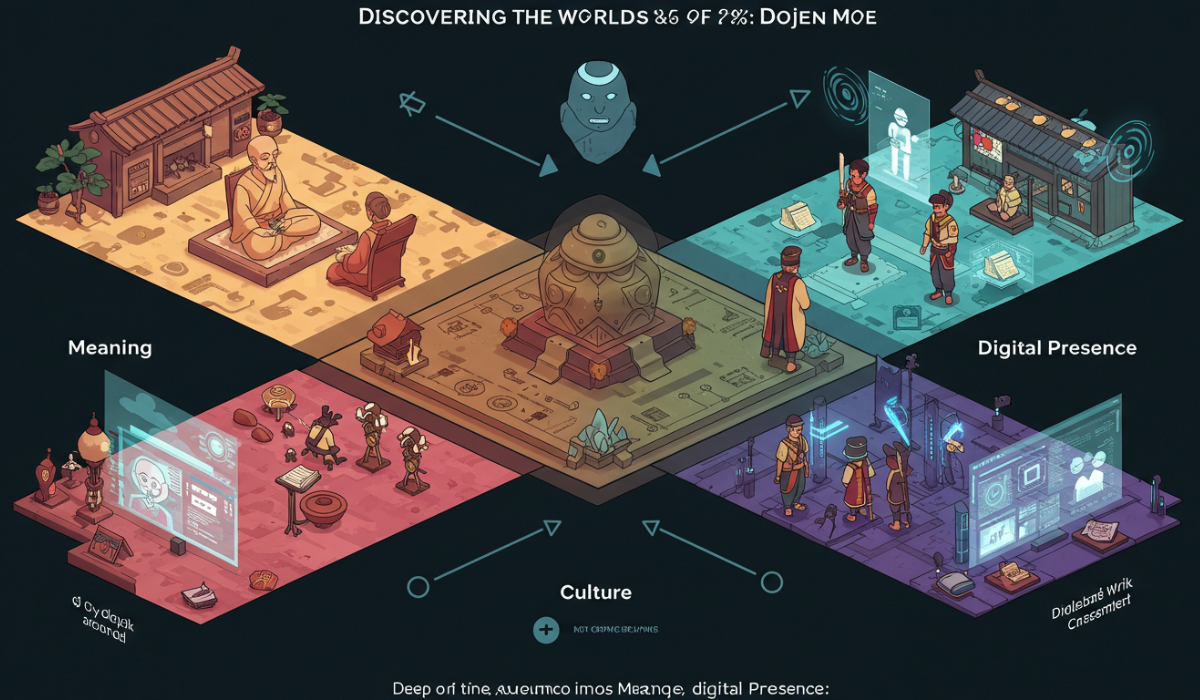







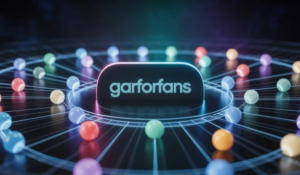
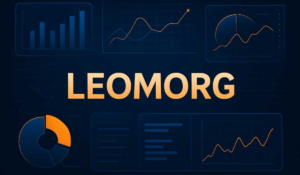
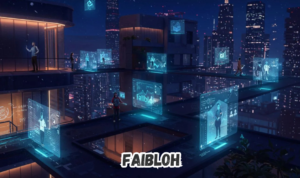
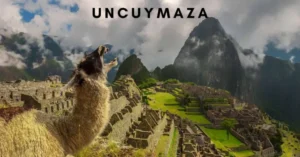


Post Comment